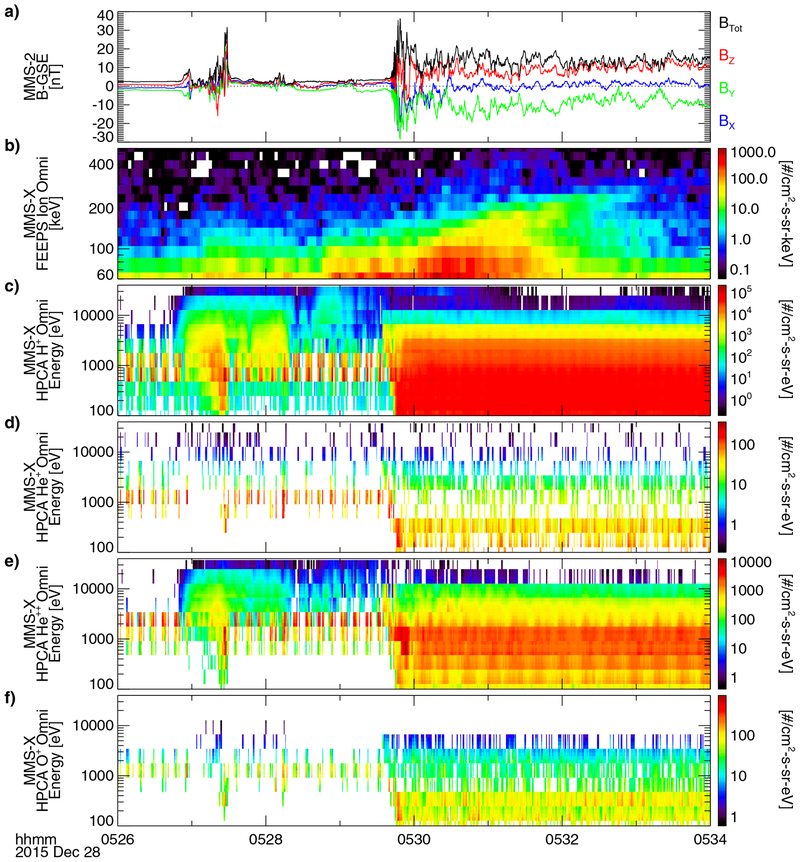Extended Data Fig. 1 |. Solar-wind ion species observed by MMS HPCA.
a, Magnetic-field vector and strength from MMS-2. b–f, FEEPS total energetic ion (b) and HPCA ion (c–f) composition flux energy spectra (omni-directional) combined from all four spacecraft (MMS-X). HPCA observed many fewer He+ ion than He2+ ions (α particles) and no O+ ions (all zero counts despite energy channels up to about 38 keV) at E > 10 keV during the observation of the energetic ions between the HFA and the magnetosheath. The absence of low-charge-state oxygen in HPCA data (O+, O2+) indicates that the energetic CNO ions observed by EIS were at a high charge state. This confirms that the accelerated ions were high-charge-state ions (q/m ≥ 2) and thus of solar-wind origin. Like FEEPS, HPCA also shows that the most energetic beam of α particles and protons is streaming away from the HFA.

